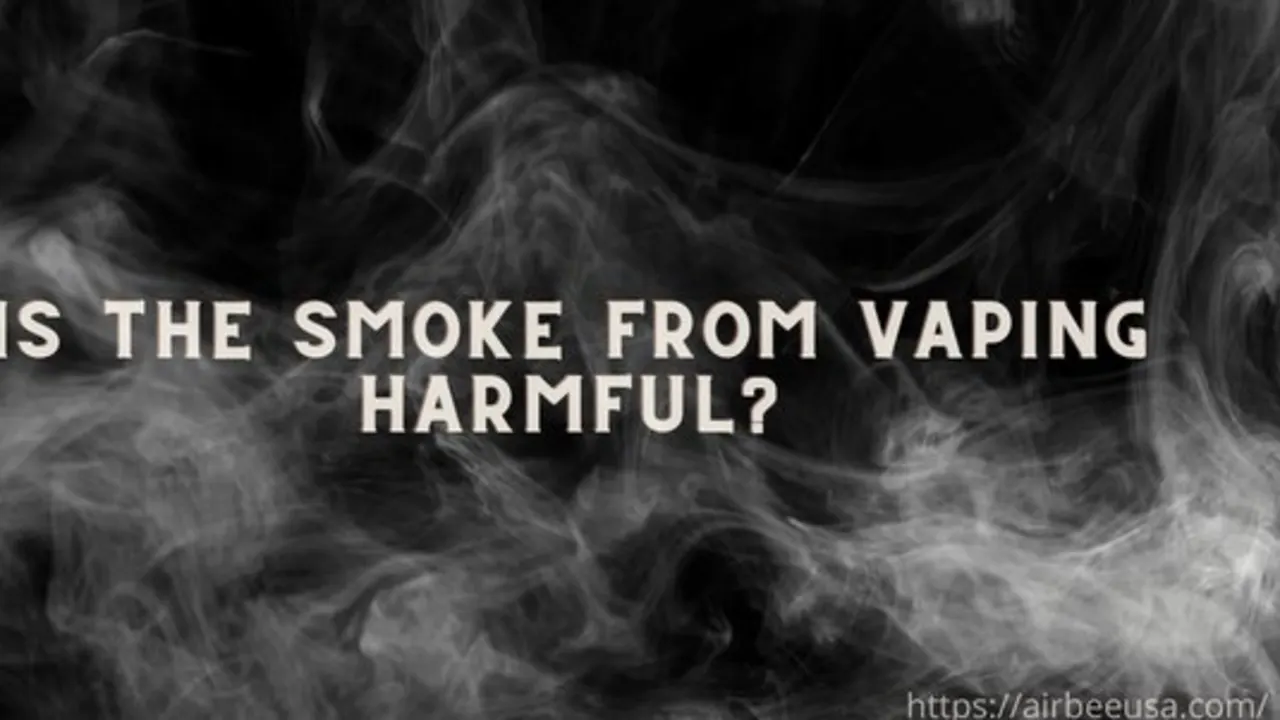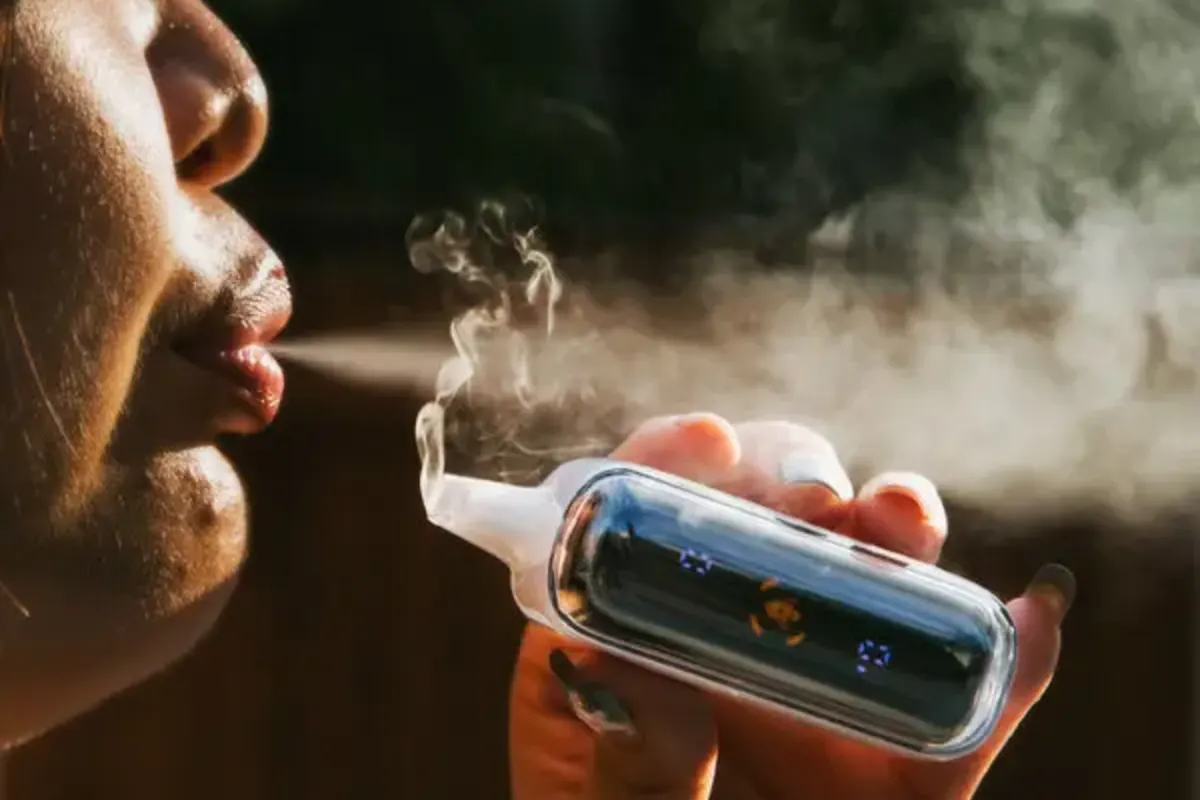Is Vaping Smoke Harmful in 2025? Unveiling the Truth
Vaping continues to gain popularity in Kenya, but many still wonder: is vaping smoke harmful in 2025? This comprehensive article explores the latest scientific insights into vaping's effects on health. Unlike traditional cigarettes, vaping produces vapor rather than smoke, yet concerns remain about the chemicals in e-liquids and their potential risks. We'll examine the safety of vaping, its impact on both users and bystanders, and the truth about secondhand vapor. This article also sheds light on how Kenya’s regulations are shaping the vaping landscape, offering insights tailored to Kenyan vapers. Whether you're new to vaping or a seasoned enthusiast, we provide valuable tips for safe and responsible use while debunking common myths. With the most up-to-date research and information, this guide helps you make informed decisions about your health and lifestyle. Stay ahead of the curve and discover everything you need to know about vaping in Kenya in 2025. Dive in to unveil the truth today!

Vaping has become a popular alternative to traditional smoking, especially in Kenya, where the vaping community continues to grow. But in 2025, concerns about the safety of vaping smoke and its impact on health still linger. Is vaping truly a safer option, or are there hidden risks? In this article, we dive into the latest research and insights on vaping, addressing common concerns about its effects on users and bystanders. With tailored information for Kenyan vapers, we’ll explore the truth about secondhand vapor, the chemicals in e-liquids, and how local regulations influence the industry. Whether you're a current vaper, considering switching, or simply curious, this guide offers everything you need to make informed decisions about vaping in Kenya. Let’s uncover the facts and myths surrounding vaping smoke in 2025.
Is Vaping Smoke Harmful in 2025? Unveiling the Truth for Kenyan Vapers

Vaping has become an increasingly popular alternative to traditional smoking, particularly in Kenya, where its adoption is on the rise. However, concerns about the potential health risks associated with vaping persist. In this article, we will explore whether the smoke from vaping is harmful, examining both the benefits and potential drawbacks based on the latest research in 2025.
Understanding Vaping Smoke
Unlike traditional cigarette smoke, which results from combustion, vaping produces vapor by heating e-liquids. This vapor contains fewer harmful chemicals than cigarette smoke, which is known for containing carcinogens like tar and carbon monoxide. But does this mean vaping is completely safe? The answer isn’t straightforward.
E-liquids often contain nicotine, flavorings, and other chemicals that, when vaporized, may have varying effects on the body. While the absence of combustion reduces exposure to many toxins, concerns about the long-term impact of inhaling these compounds remain.
The Debate: Is Vaping Harmful?
There is ongoing debate regarding the safety of vaping. Here are the key points from both sides:
1. Potential Risks
- Lung Health: Some studies suggest that vaping can irritate the lungs and potentially increase the risk of developing respiratory issues such as chronic obstructive pulmonary disease (COPD).
- Nicotine Dependence: Many e-liquids contain nicotine, which is addictive and can lead to dependency.
- Exposure to Chemicals: Certain flavorings and additives in e-liquids, such as diacetyl, have been linked to lung damage.
2. Potential Benefits
- Reduced Harm Compared to Smoking: Vaping eliminates combustion, reducing exposure to harmful chemicals found in traditional cigarettes.
- Smoking Cessation Tool: For smokers, switching to vaping may reduce health risks and aid in quitting altogether.
- No Secondhand Smoke: Vapor dissipates quickly and doesn’t contain harmful tar, making it less harmful to bystanders.
The Science: What Does Research Say?
Evidence Supporting Risks:
- A 2025 study revealed that prolonged vaping could lead to mild inflammation in the lungs, though it is significantly less severe than the effects of smoking.
- Research highlights the potential for secondhand vapor to expose non-users to trace amounts of nicotine and other chemicals.
Evidence Supporting Benefits:
- Studies show that vapers experience improved respiratory health after quitting traditional cigarettes.
- In regions like Kenya, where smoking-related illnesses are prevalent, vaping presents a less harmful alternative.
What Kenyan Vapers Should Know
1. Understanding Vape Products
Kenyan vapers should be cautious when choosing e-liquids and devices. Look for products from reputable brands to minimize exposure to harmful additives.
2. Nicotine Levels Matter
High nicotine levels can increase addiction risks. Opt for lower nicotine concentrations or nicotine-free options if possible.
3. Secondhand Vapor
While vapor is less harmful than secondhand cigarette smoke, it’s best to vape in well-ventilated areas to minimize potential risks to others.
Debunking Common Myths
Myth 1: “Vaping is just as harmful as smoking.”
While not risk-free, vaping is widely considered less harmful than smoking due to the absence of combustion.
Myth 2: “Secondhand vapor is harmless.”
Though less harmful than secondhand smoke, vapor can still expose bystanders to small amounts of nicotine and chemicals.
Myth 3: “Vaping is a gateway to smoking.”
Research in 2025 shows no conclusive evidence that vaping leads to traditional cigarette use among non-smokers.
Regulatory Landscape in Kenya
Kenya’s government has implemented regulations to ensure the safety of vaping products. These include:
- Age Restrictions: Vaping products are only available to individuals aged 18 and above.
- Quality Standards: Manufacturers must meet strict quality guidelines to reduce health risks.
- Public Awareness Campaigns: Educational initiatives promote informed decisions about vaping.
Tips for Safe and Responsible Vaping
- Buy from Trusted Sources: Always purchase from reputable shops like Vapers Palace to ensure quality and safety.
- Use Appropriate Devices: Avoid modifying vape devices as this can lead to malfunctions and safety hazards.
- Monitor Nicotine Intake: Gradually reduce nicotine levels if you’re using vaping as a smoking cessation tool.
- Practice Cleanliness: Regularly clean your vape device to prevent buildup and ensure optimal performance.